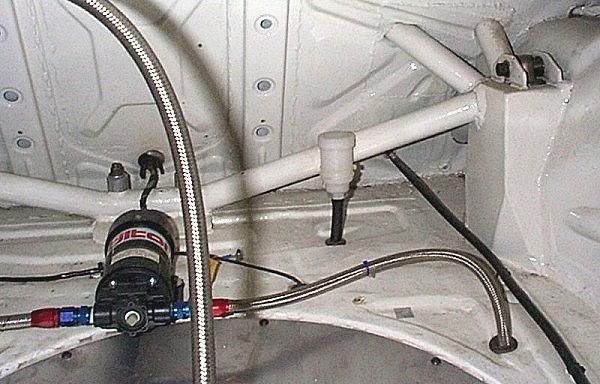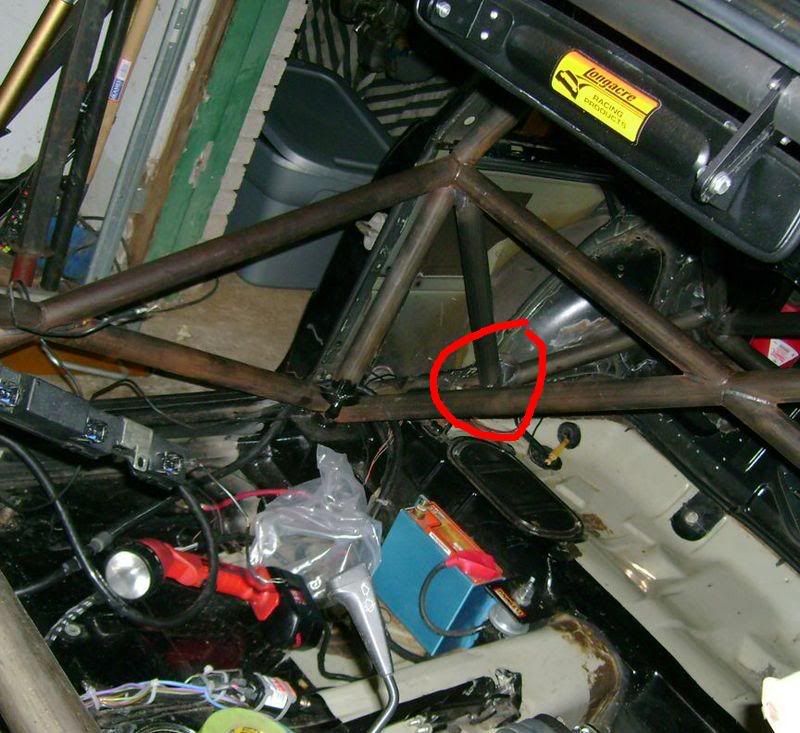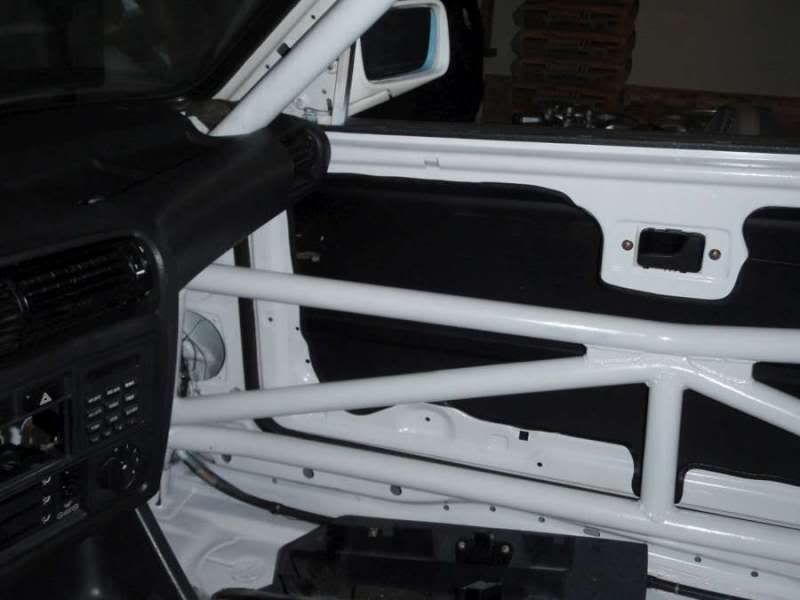Pink wrote:
That’s silly. How much time do you think that tech is going to spend inspecting your cage when there’s a 15 cars behind you all trying to get their annual tech in a hurry before morning practice? Tech probably has a dozen things he checks because his experience indicates that those are the high probability issues that folks neglect.
Your car being safe is your responsibility, not his.
That being said, I entirely support your DIY desire. But maybe a cage isn’t the right place for it unless you are already really good at that sort of thing.
When I needed to build the bottom end of my motor last year. I mean the first time, not the 2nd or the 3rd, I went to a local performance shop and told them that I wanted to assist their engine builder do it because I wanted to learn. They told me that would cost me more because there’d be a fee to put up with me. If you knew me, that’d make sense.
So I built the bottom end under the (not very watchful) eye of their engine builder.
My point is that there are ways to take on DIY projects that you might not be ready for. When you’re highly motivated, there’s always a way.













